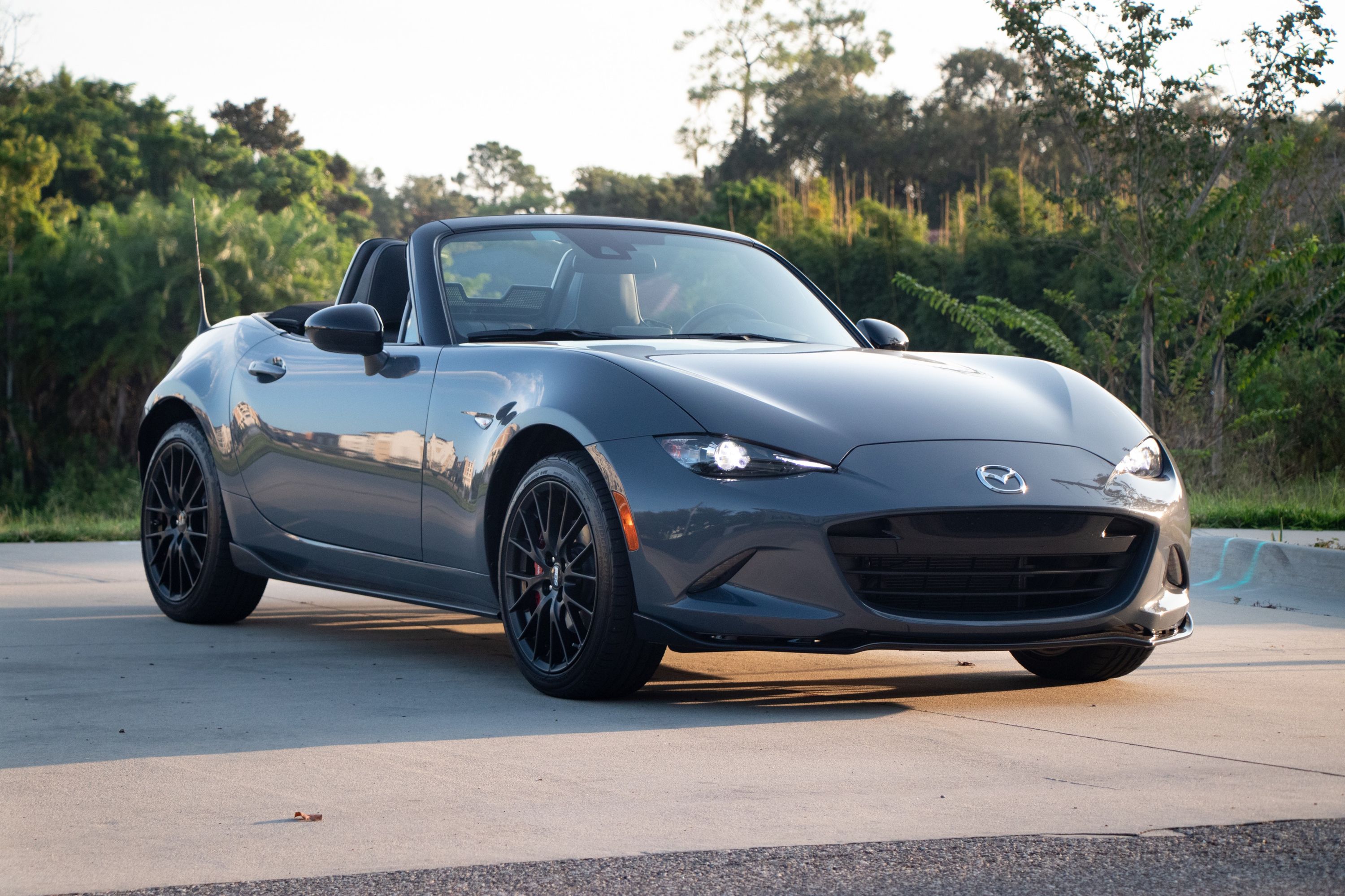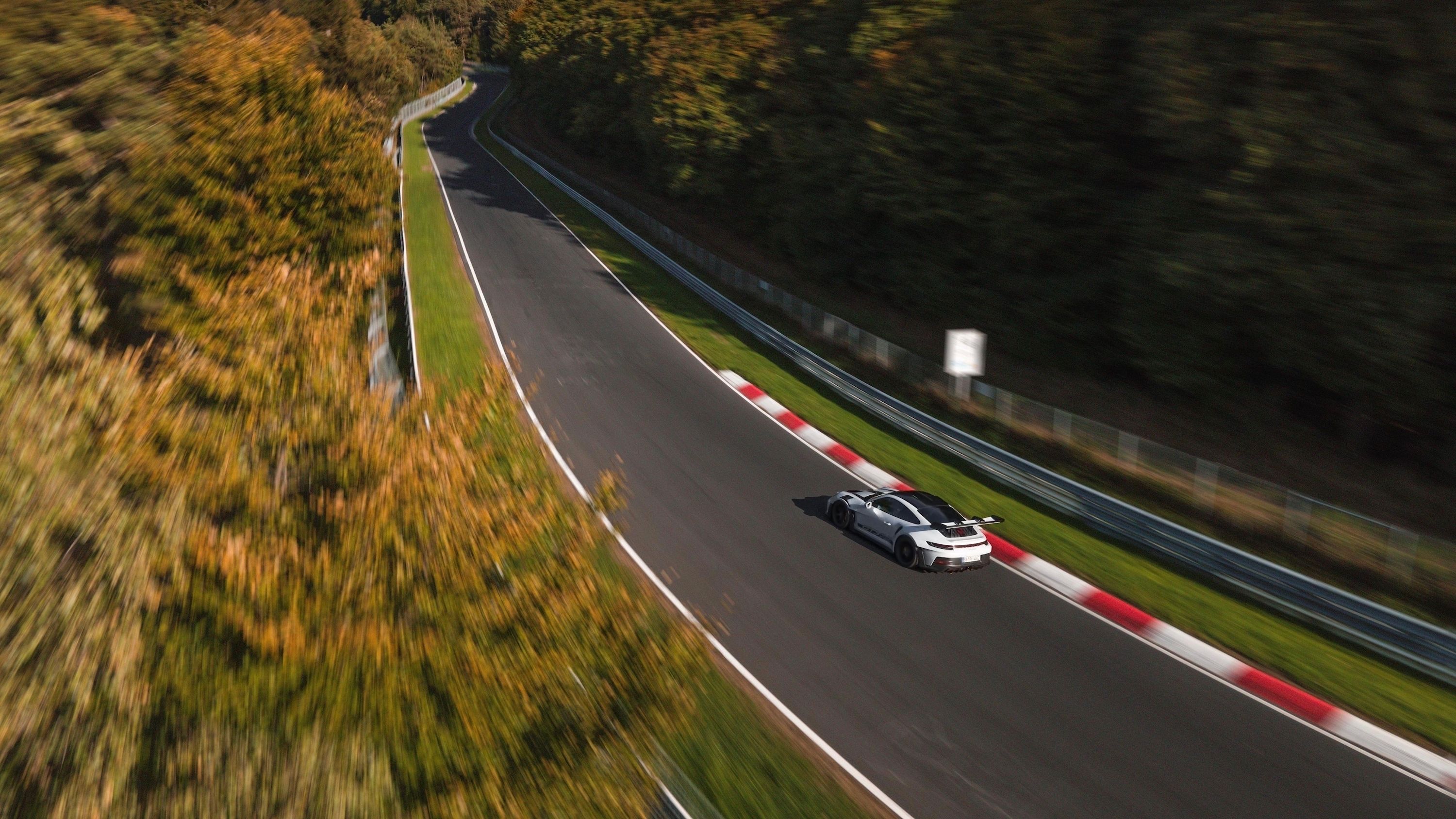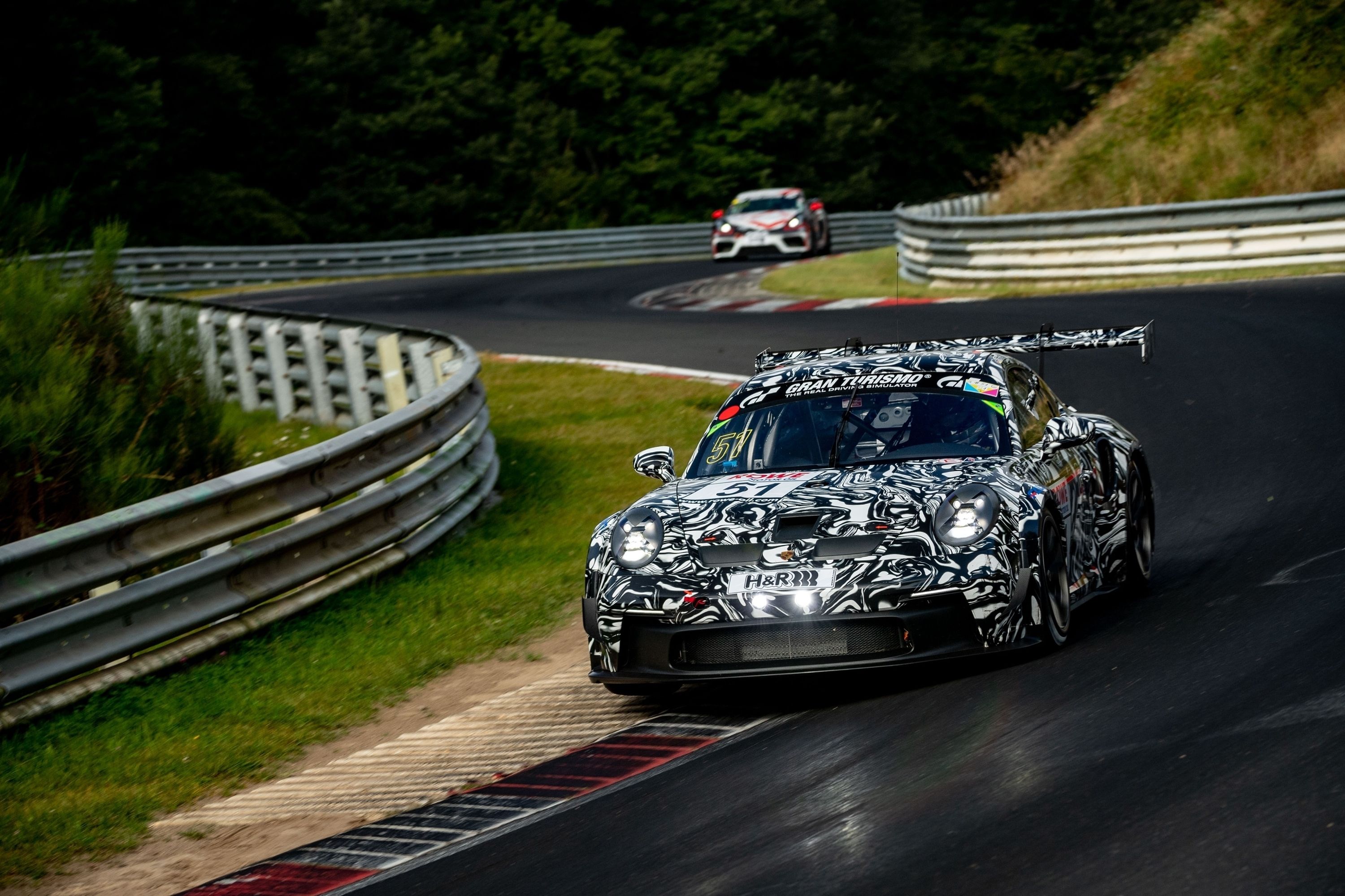
The Nurburgring racetrack in Germany has announced new rules for tourist drives, including a minimum top speed of 130 kph/80.8 mph for any car on the road. Previously, the limit was around 37 mph, so it's now more than double, potentially barring the use of the tolled road from a larger number of vehicles. My editor, who owns an NA Mazda Miata, can be glad he doesn't earn a living on the famous circuit.
Jokes aside, this is just one safety-focused change of many that the track desperately needs. Revered in equal parts for its stunning scenery and focus-intensive driving dynamics, the infamous Green Hell has often come under fire for a lack of safety upgrades, but circuit management is making efforts to turn that around.
Earlier this year, the 'Ring announced a $12 million digitalization project for safety that will see the circuit make use of artificial intelligence to help marshal the track more efficiently.
According to Road and Track, the busiest weekends can see up to 2,000 cars pass through the toll gate over the course of a weekend, with as many as 250 cars on the Nordschleife at any given time. Considered a privately-owned toll road that falls under German traffic laws, the 12.94-mile, 73-corner course only becomes a true racetrack during actual races, private track events, and manufacturer testing days. On these occasions, the track is not open to the public, and all drivers on the circuit understand the rules of high-speed motoring.
But during touristenfahrten sessions - the tourist drives that just about anyone with a valid driver's license can participate in - the number of inexperienced drivers on the track increases. That means more chances of a hazard, and an experienced driver could come around a corner expecting a clear track only to be faced with a slow car sitting on the racing line. As Jeremy Clarkson famously said, "Speed has never killed anyone. Suddenly becoming stationary, that's what gets you."
During these sessions, drivers must be aware of their surroundings. Slow cars are expected to indicate and move over to the right when safe, and only then are faster cars allowed to pass. Drifting is also not allowed, and neither are head restraints or HANS devices, as these are not road-legal on any other public road. These things could be made legal if the road were treated as a racetrack all the time, but that would require hundreds more marshalls at all times, all of whom need to be paid. The use of helmets would not be limited to motorcyclists any longer, either.
Moreover, Nurburgring spokesperson Alexander Gerhard told Road and Track that there was only one recorded incident (which could be anything from fluids on the circuit to a proper crash) per 809 laps driven.
So while safety standards must be improved, things are not terrifyingly bad either. This new minimum speed limit will help circuit managers to keep enthusiasts a little safer, as they can expect fewer slow cars to appear around corners ahead of fast cars.


